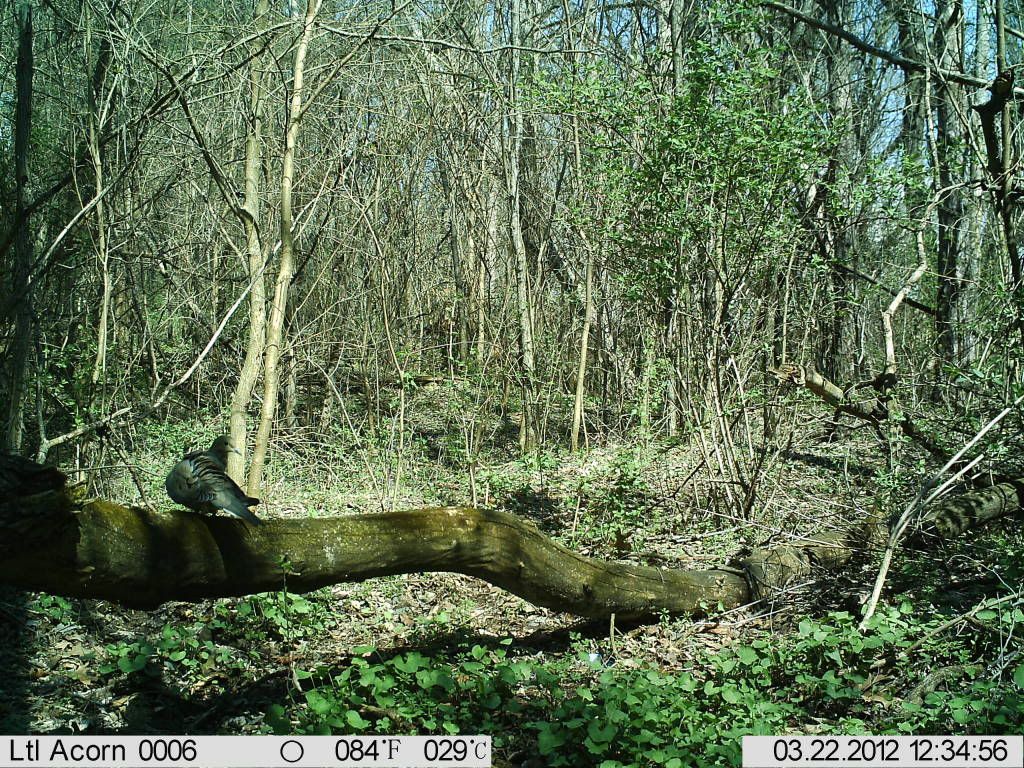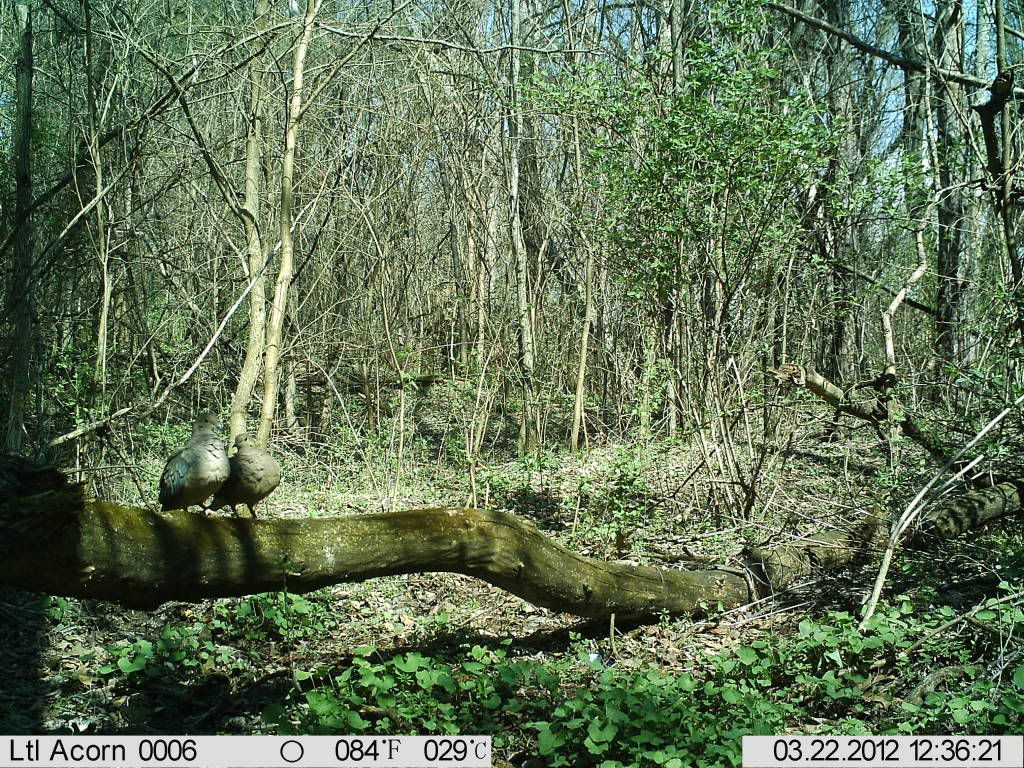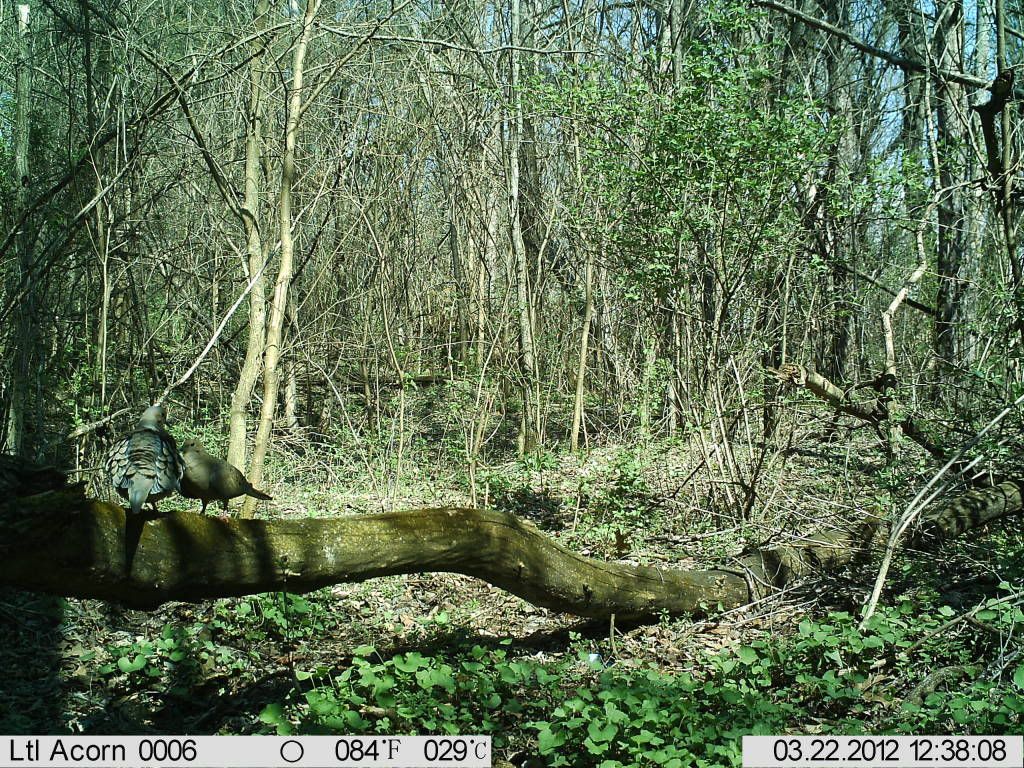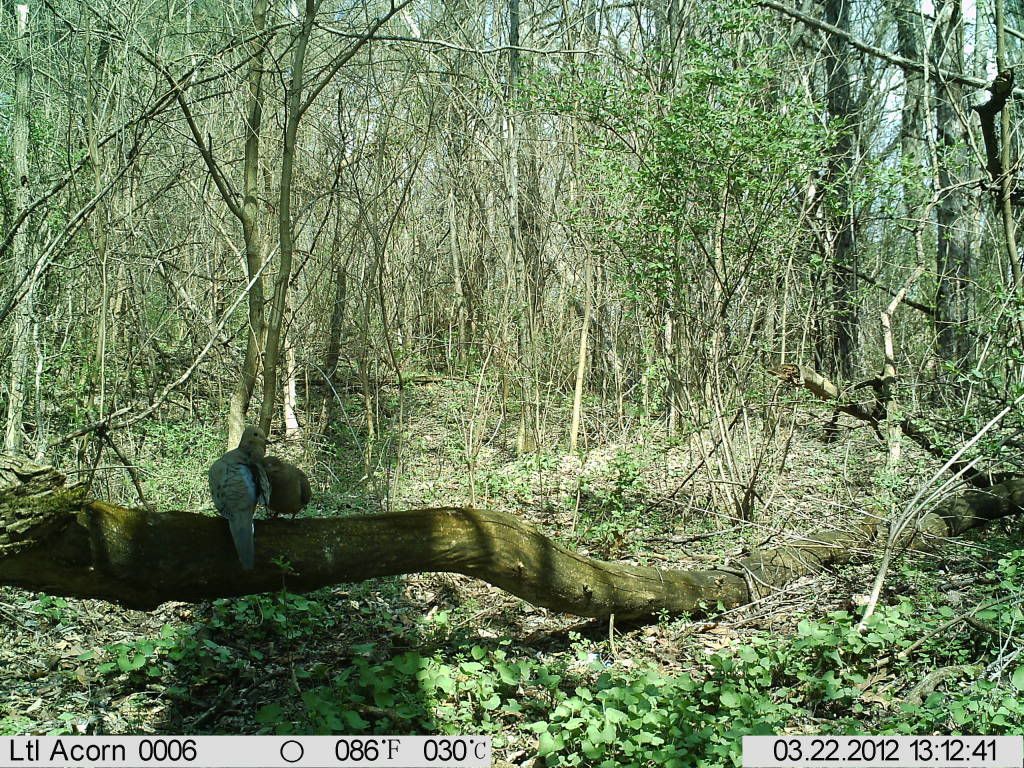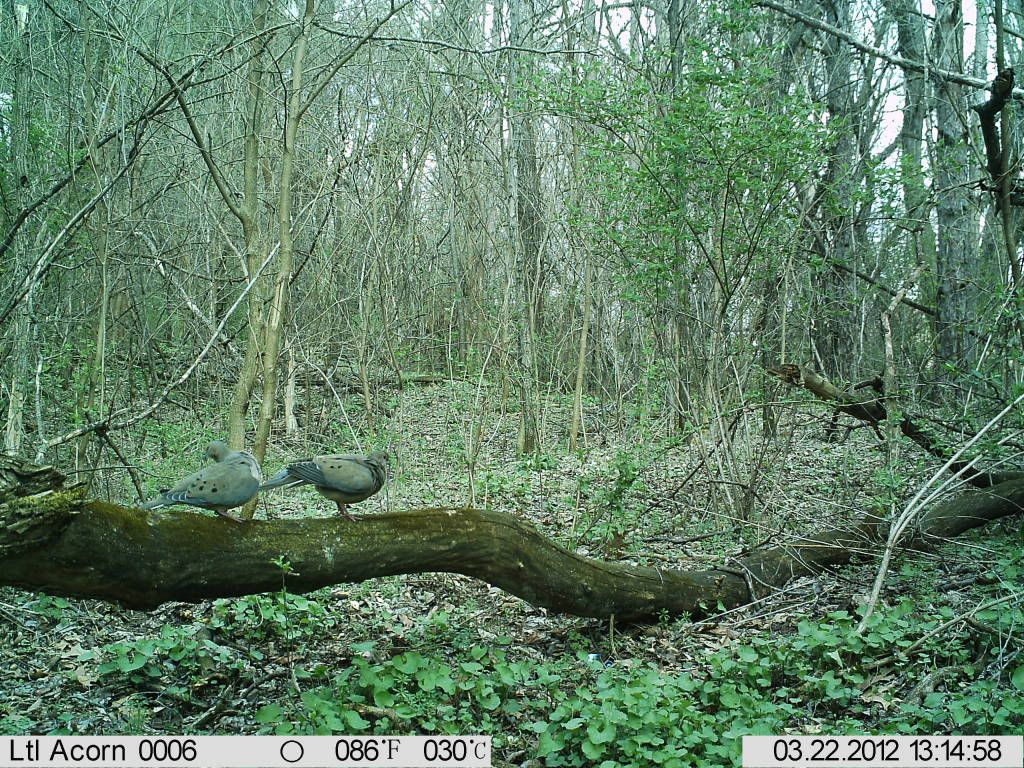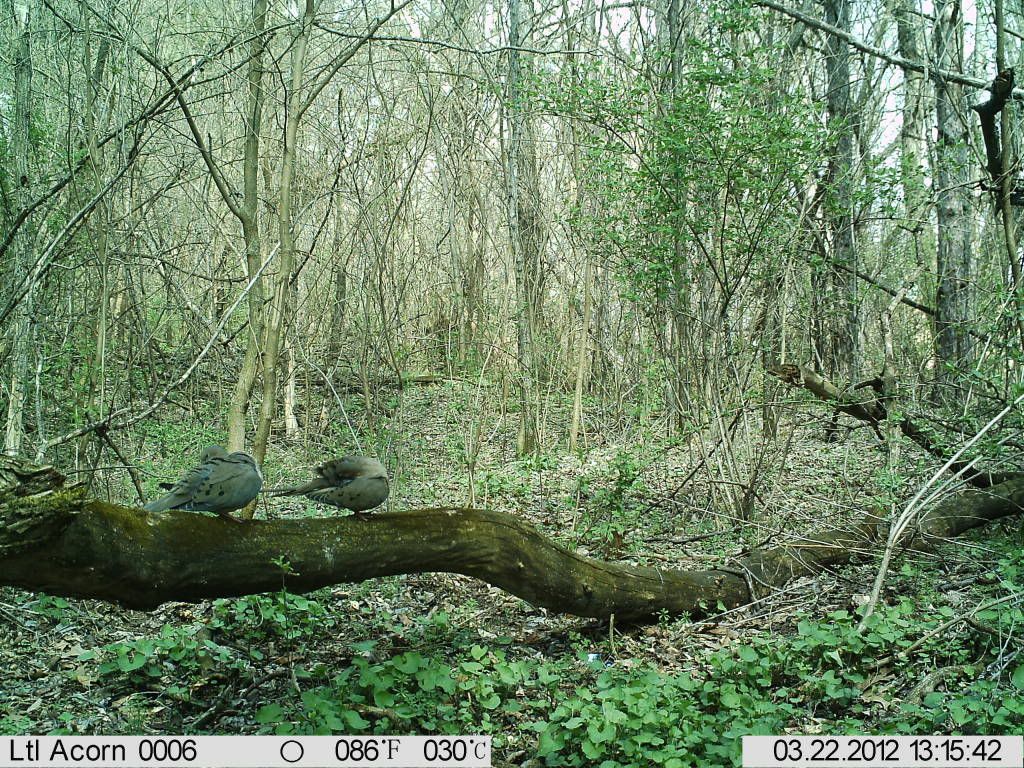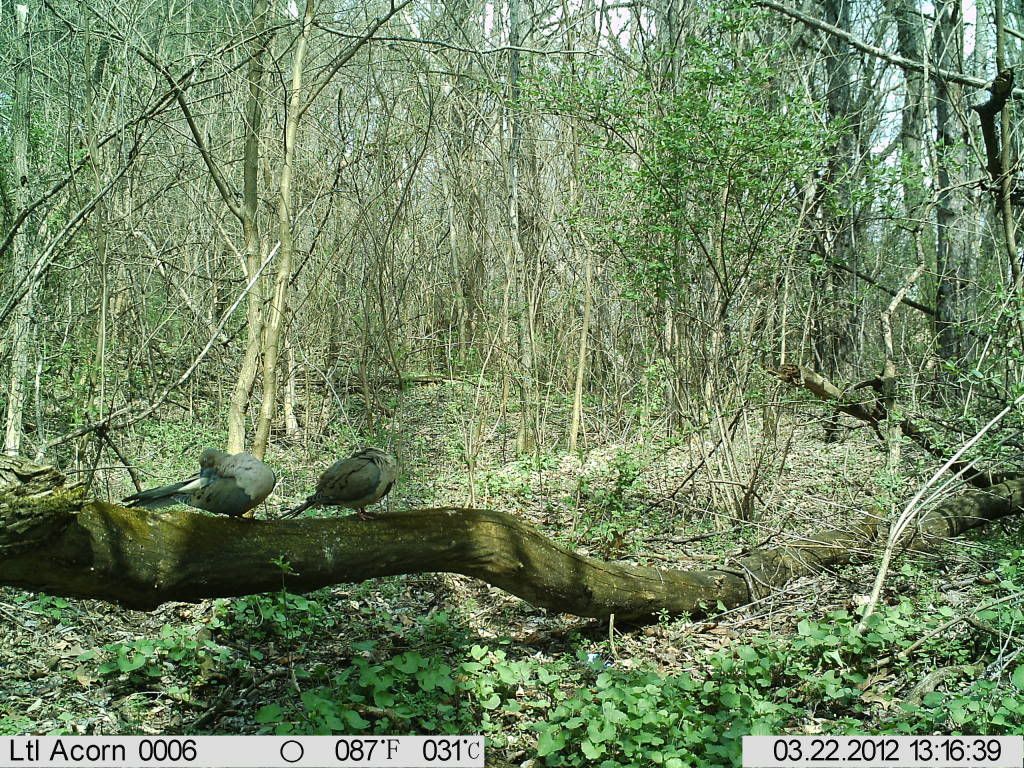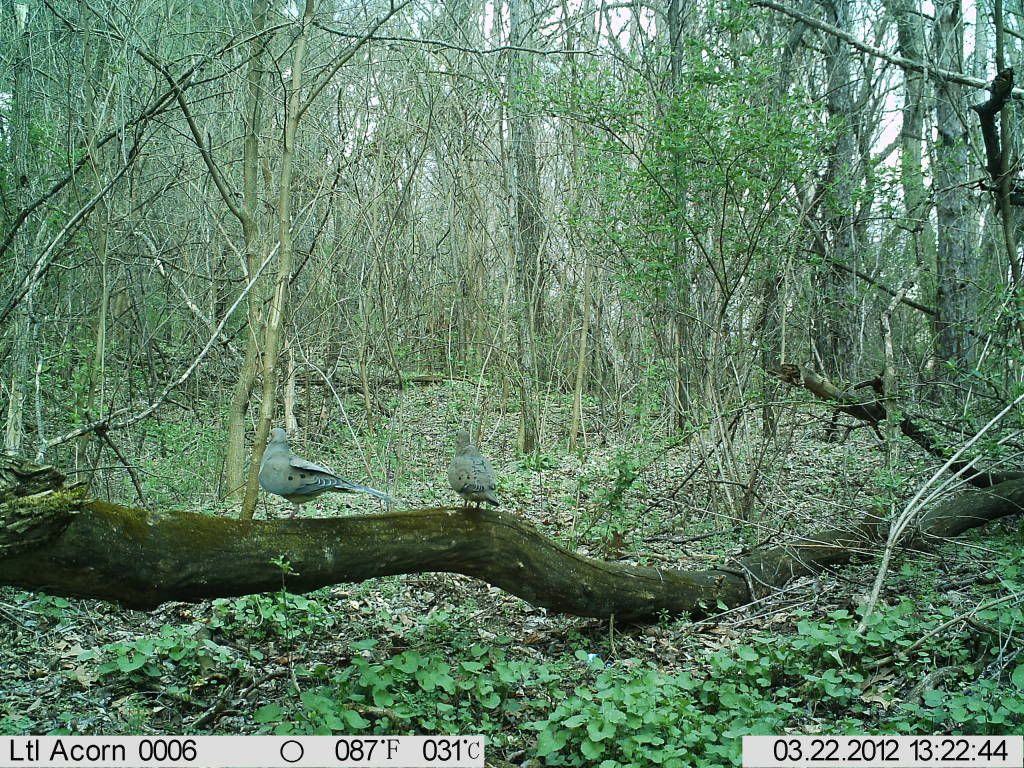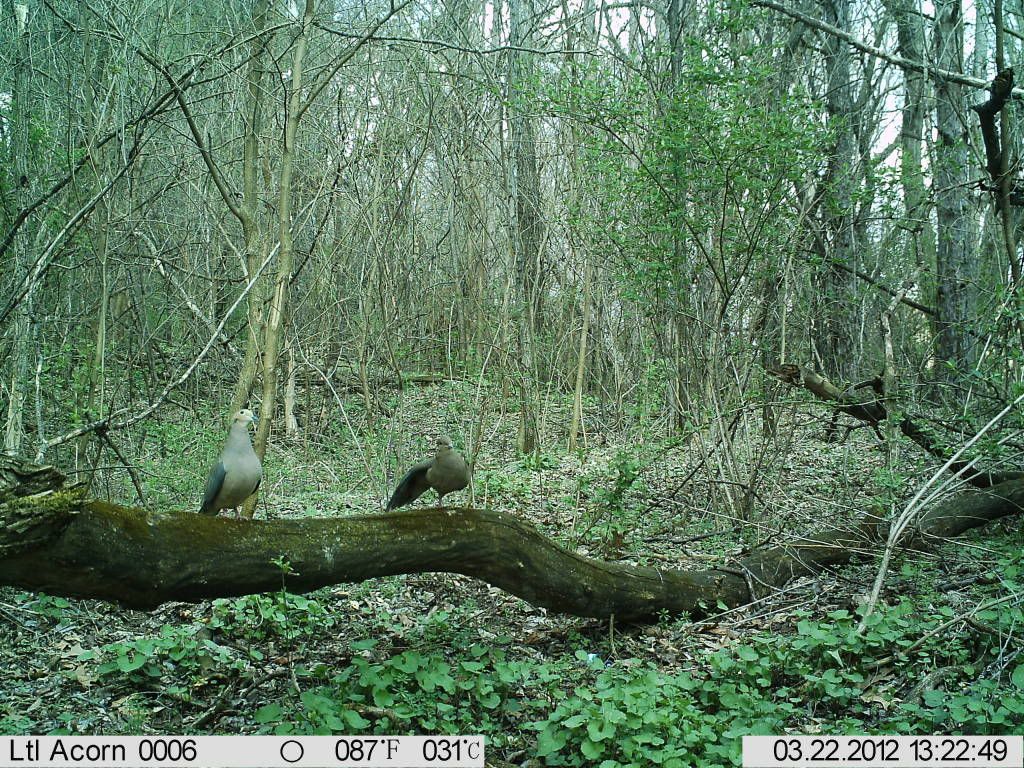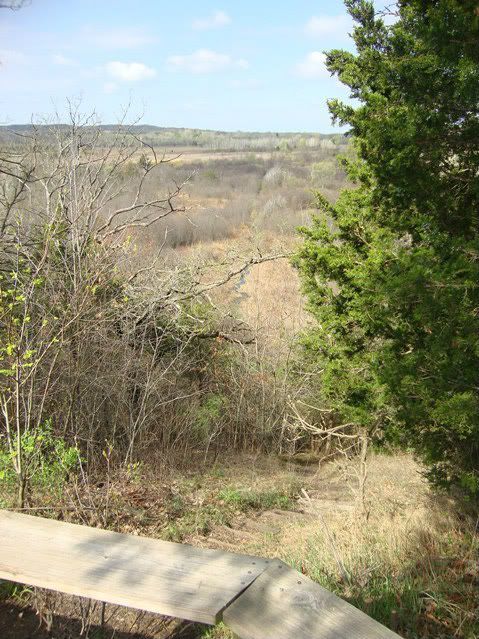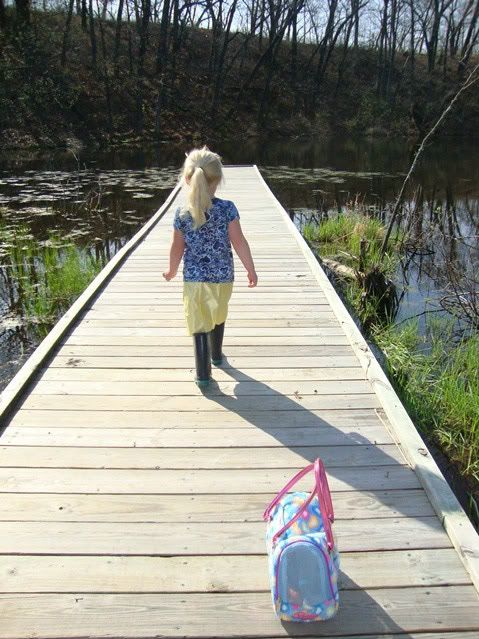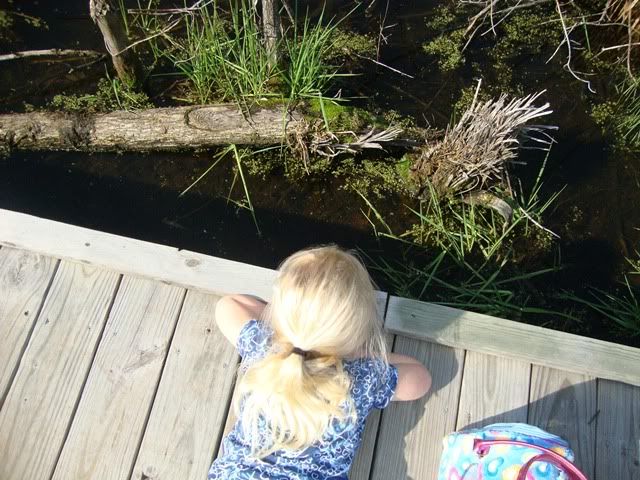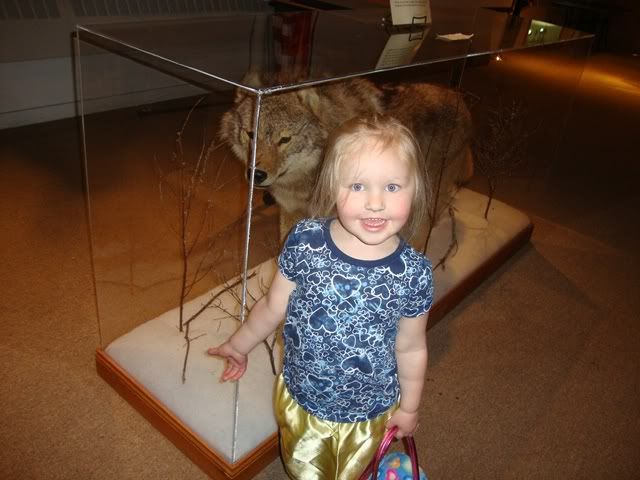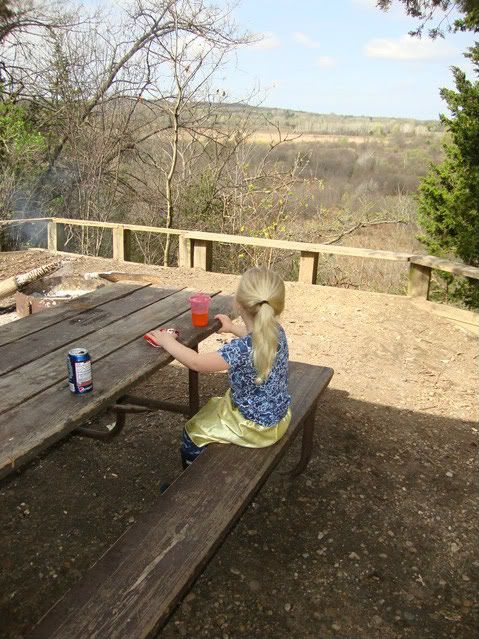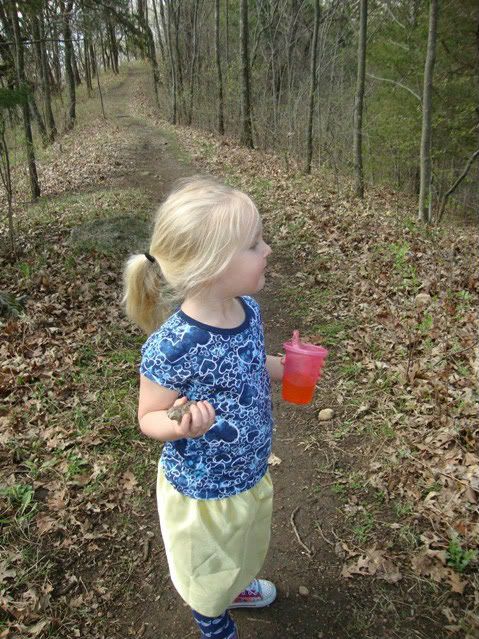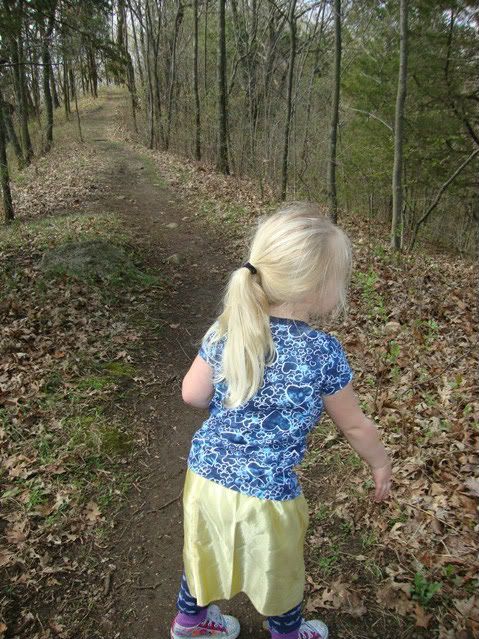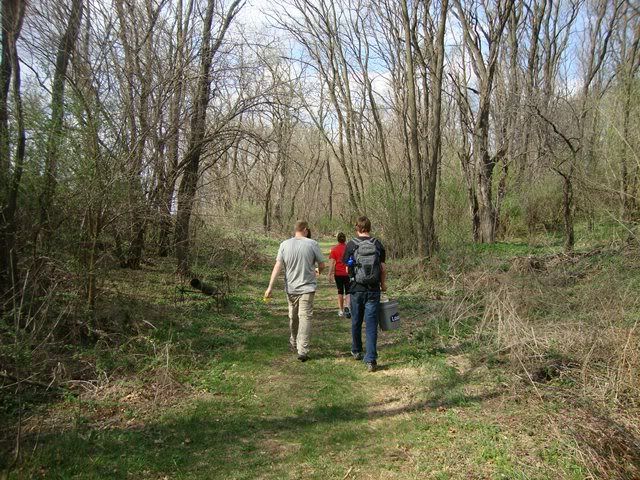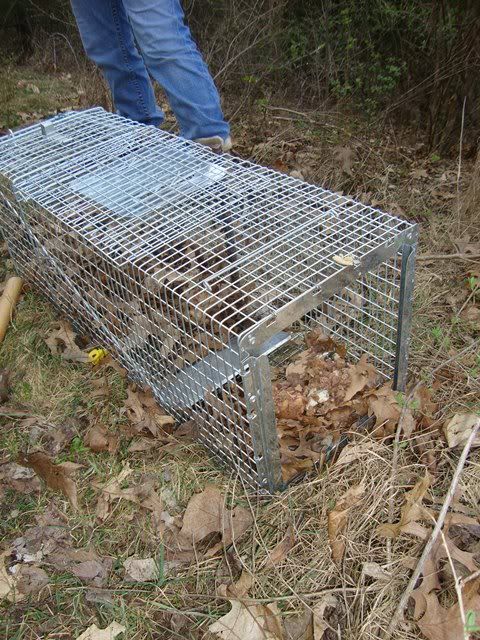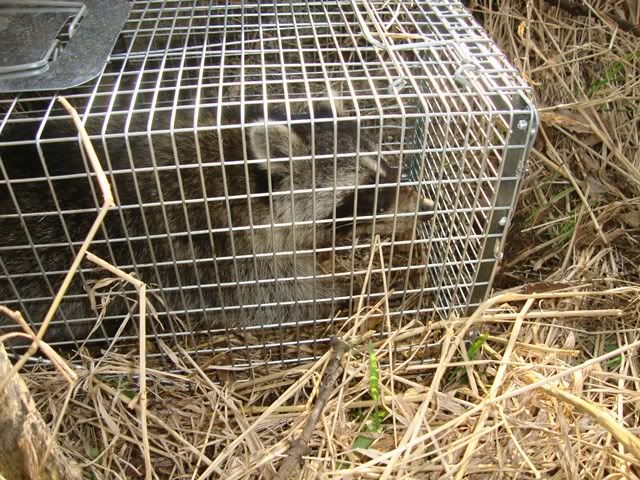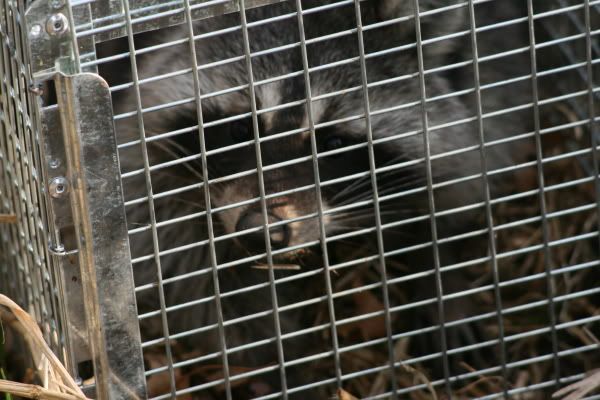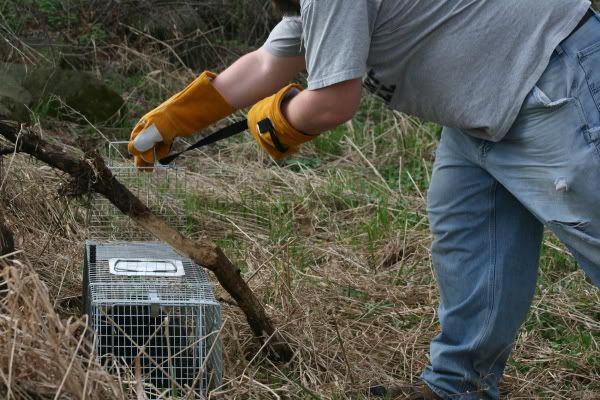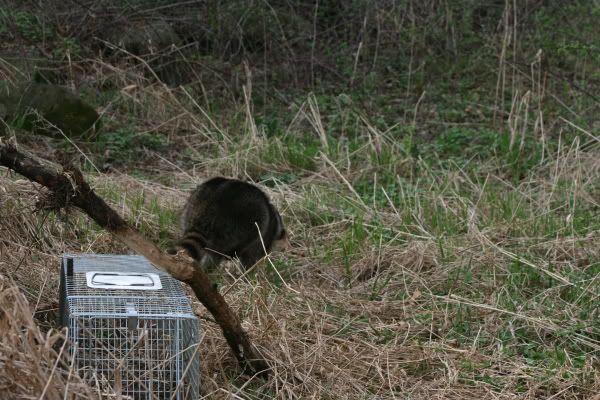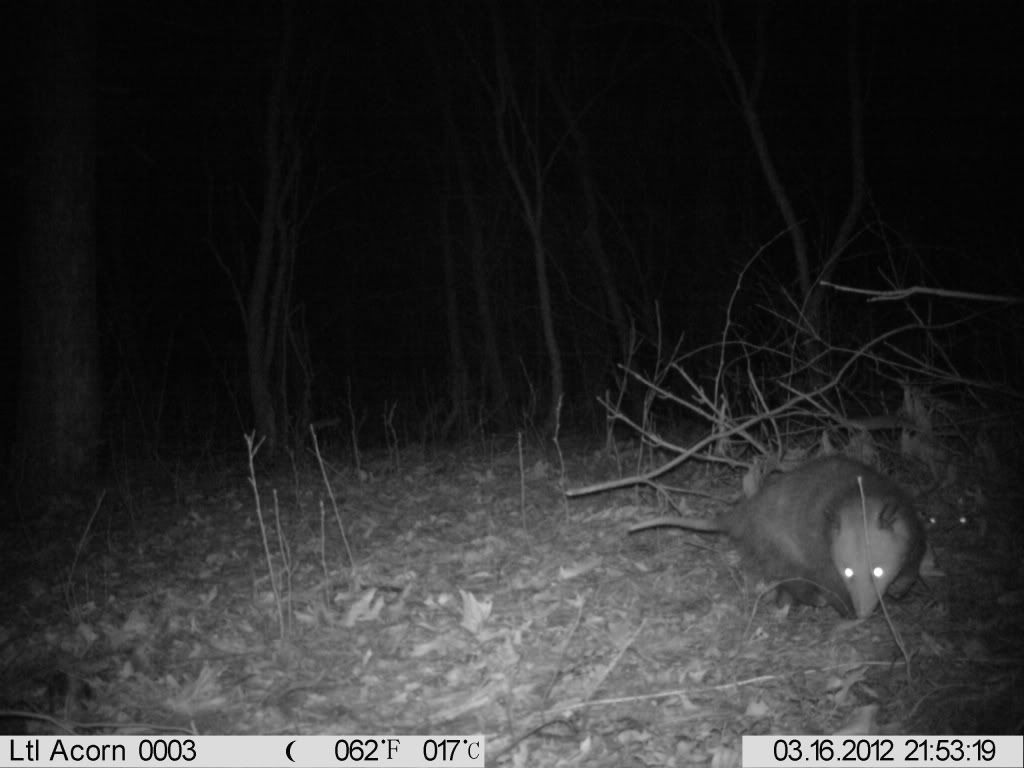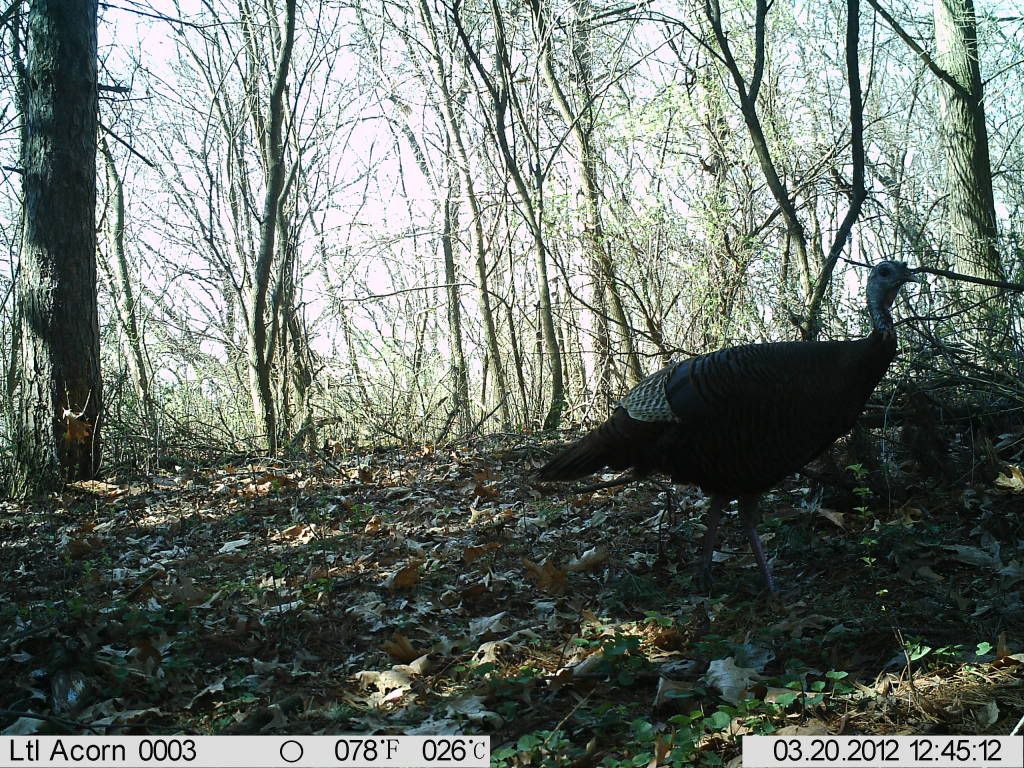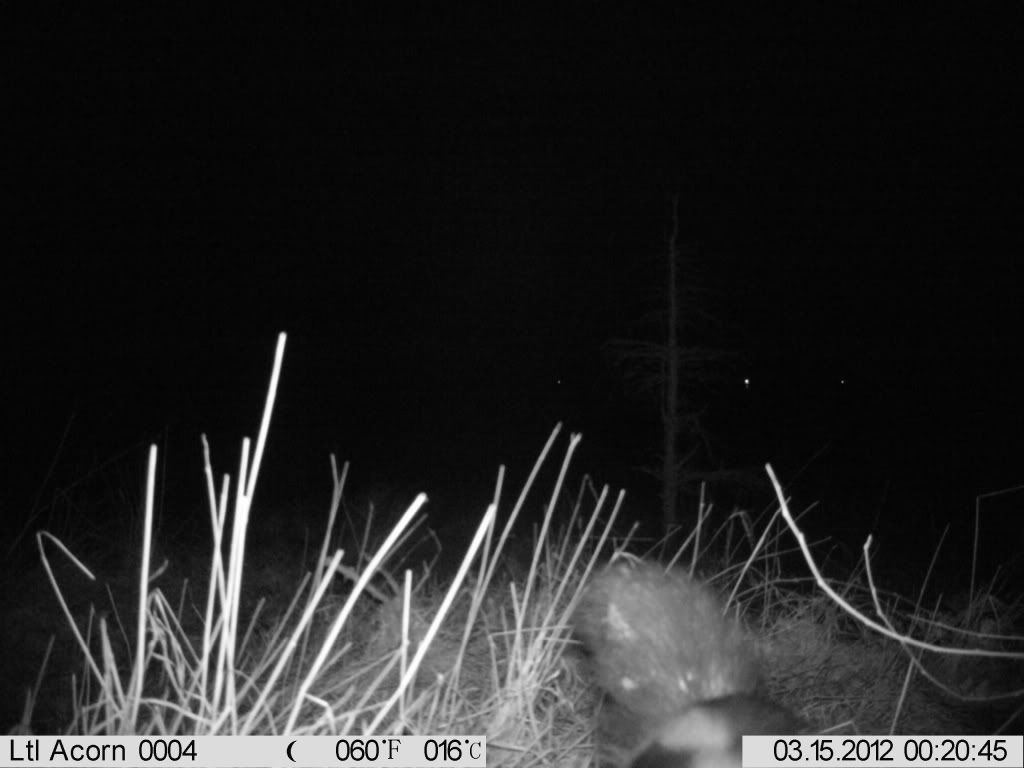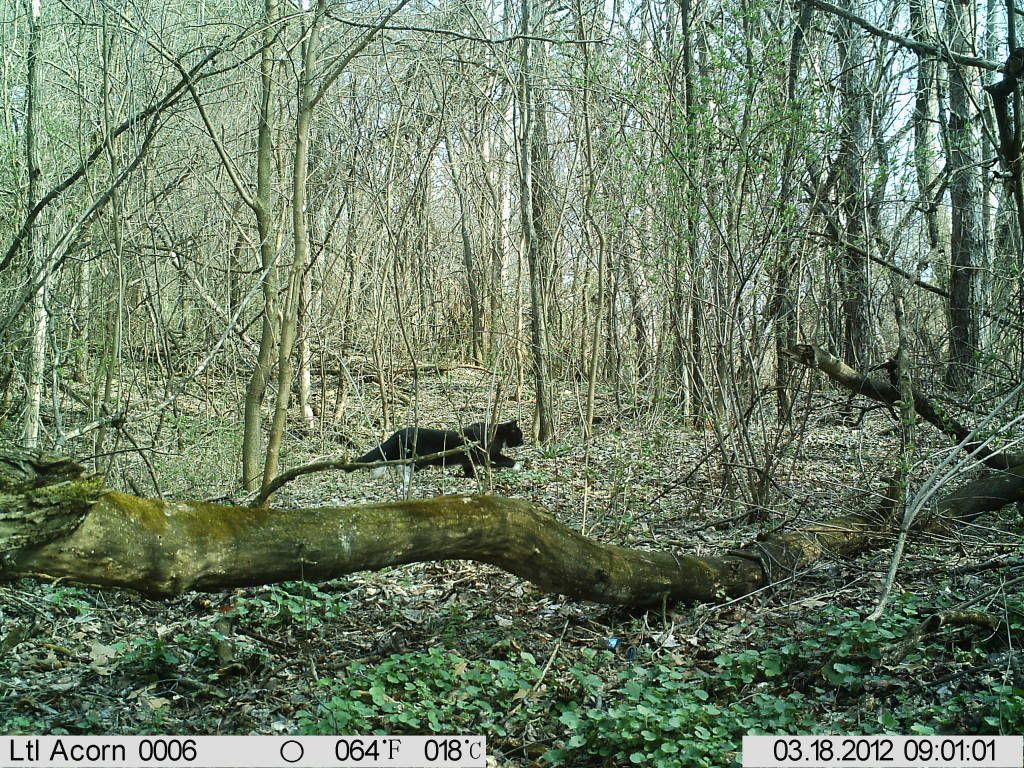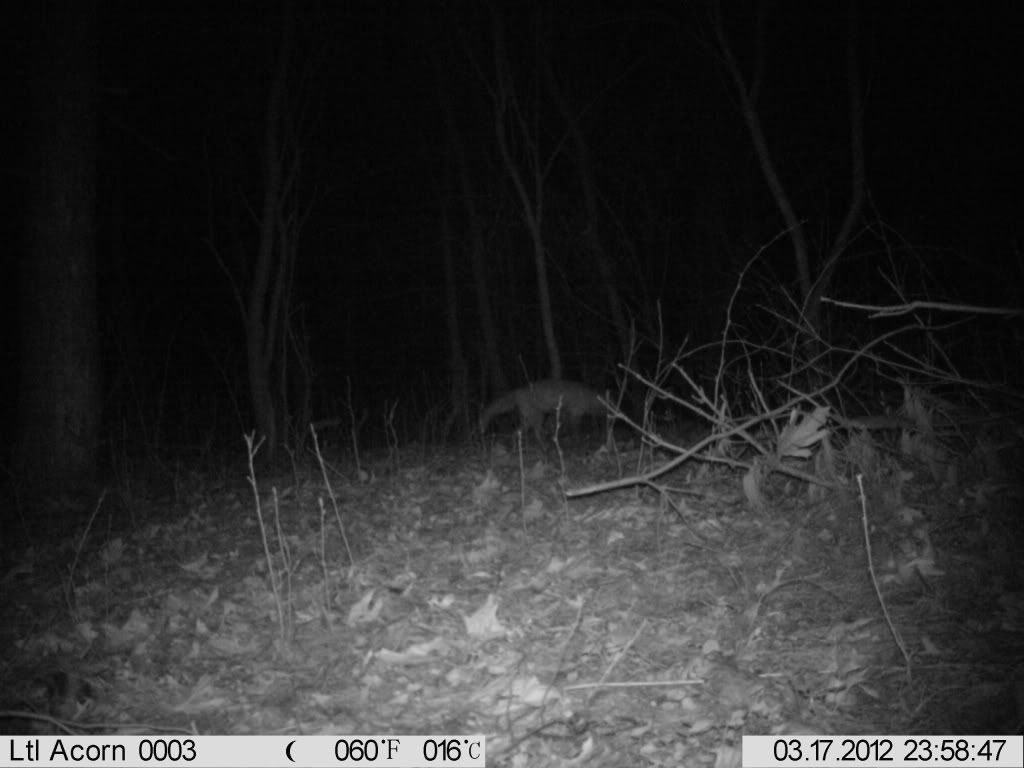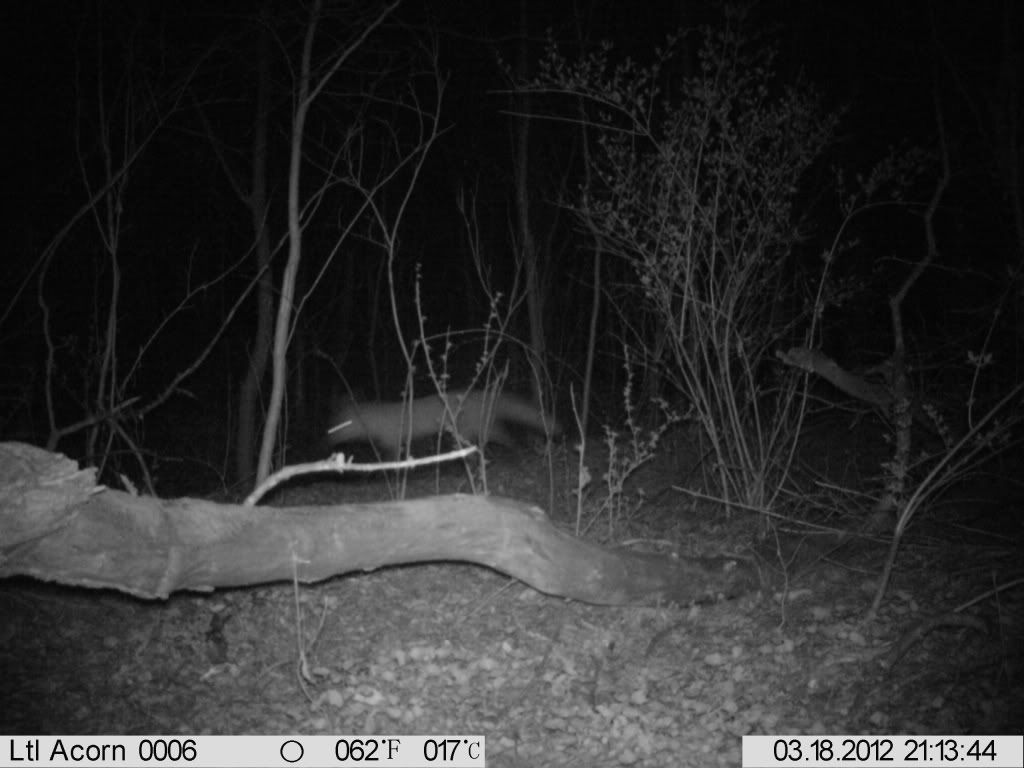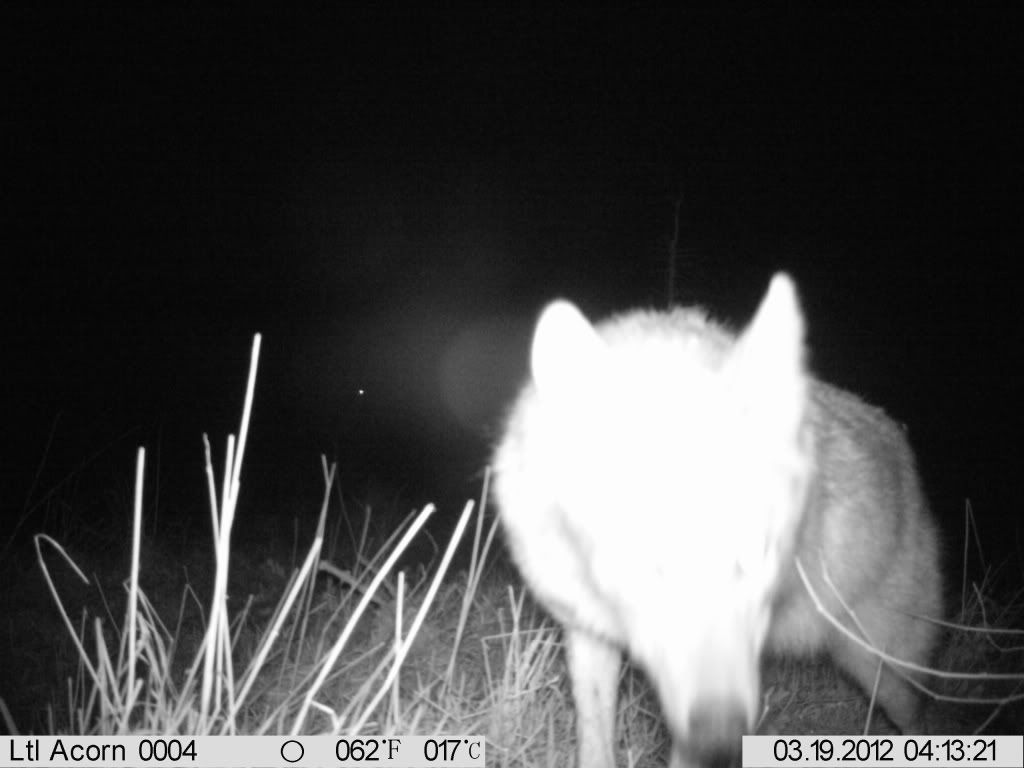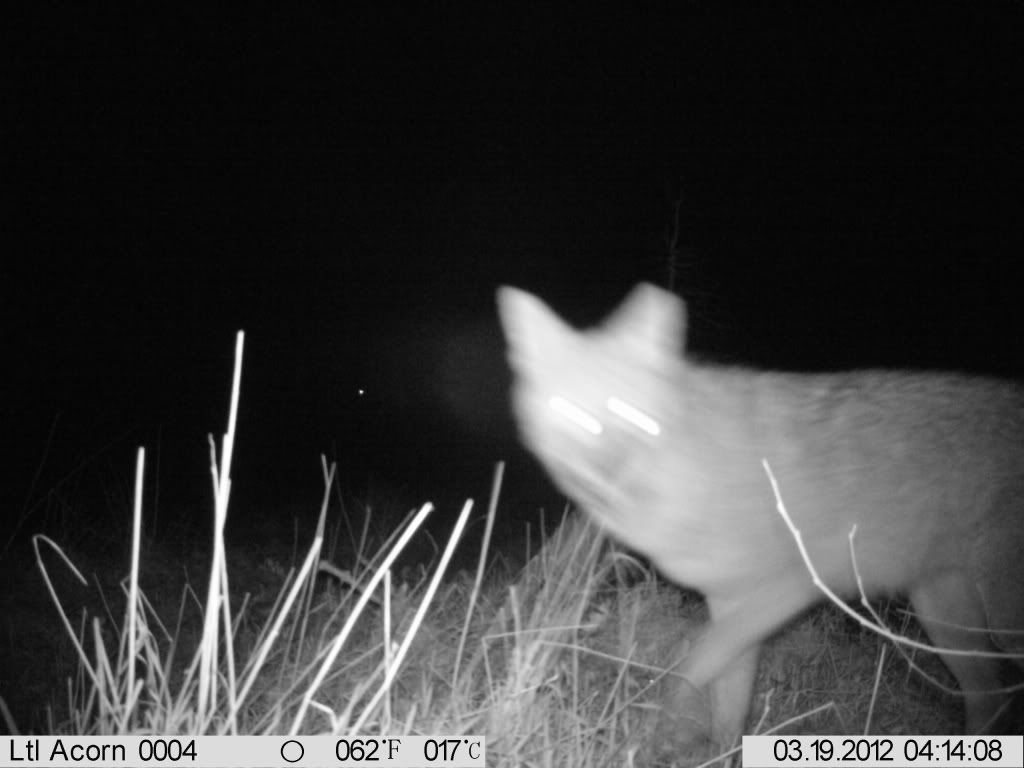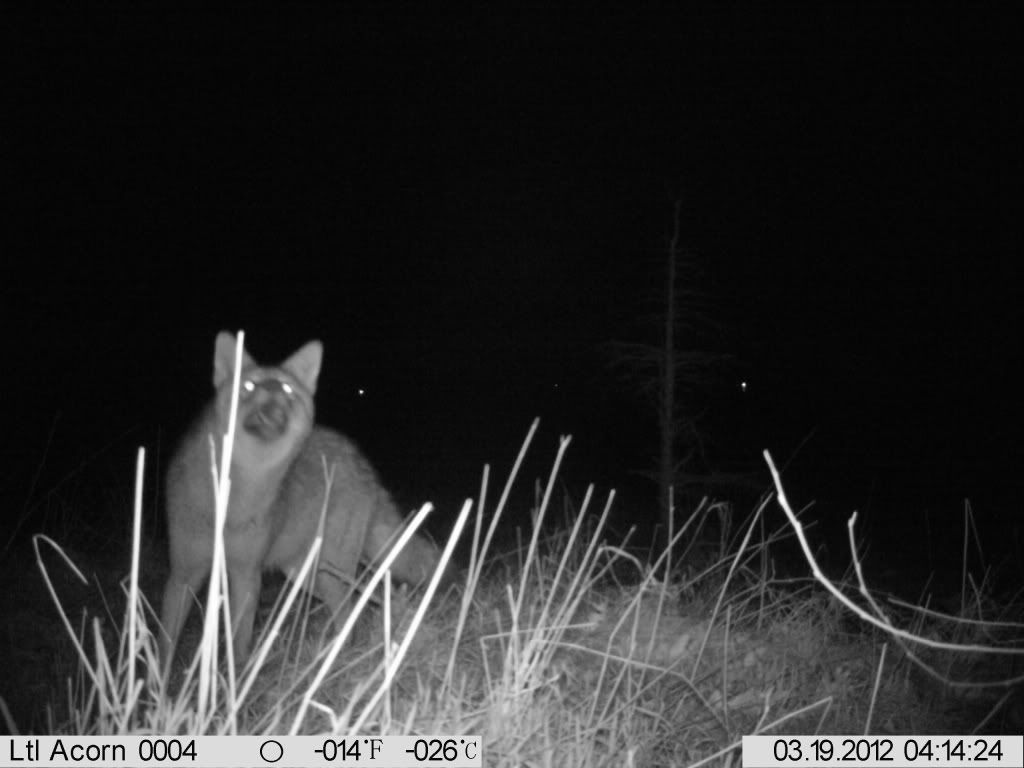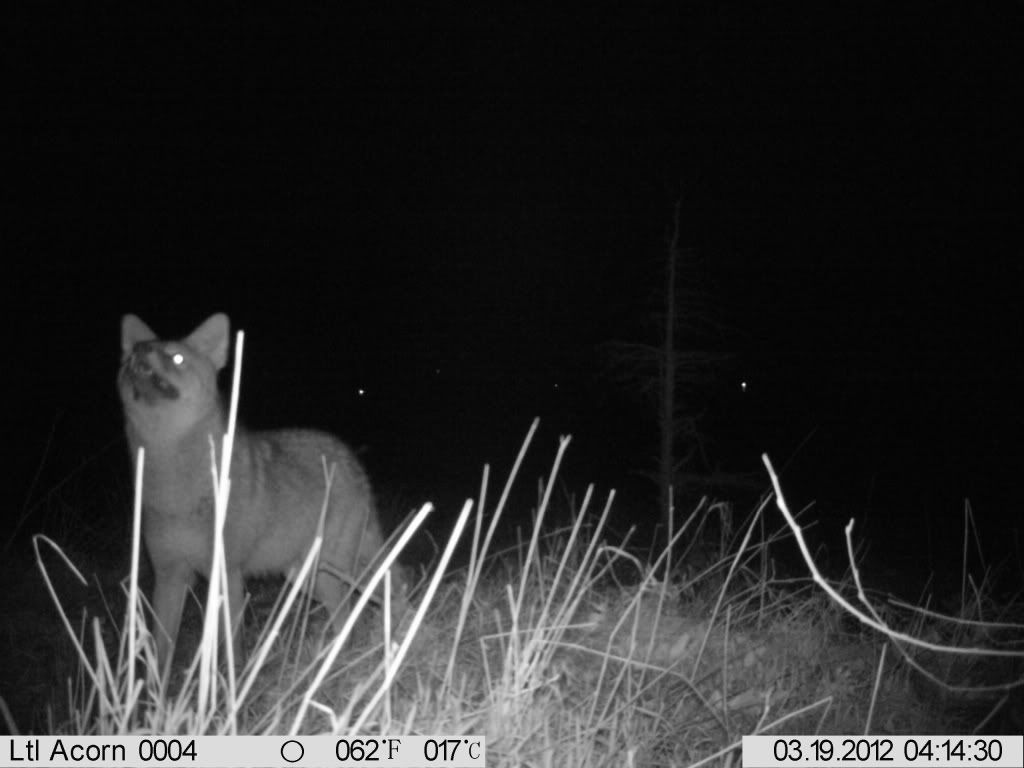Above: a taxidermied Coyote (Canis latrans).
Plus, I need to justify this bizarre tendency I have to photograph every pile of poop that I find while on a hike!!
Anyhoo....while out and about today, we came across another perfect message along the trail. Coyotes will often take the path of least resistance through a given area, and so they have a tendency to run hiking trails. They also have a habit of leaving information for others along these trails. Just a memo.......in case another critter comes by that really should read it. Some of the most important cues that Canines leave are markings with urine and/or feces (although they will also use scratchings and combinations of these three to mark territories).
Trail intersections are particularly attractive spots, as they can leave a sign for any other critter coming or going along multiple trails. Today we found a great example of this in some fairly fresh Coyote scat. This scat was impossible to miss, as it had been deposited right in the middle of a wide trail, slightly off-set from a major trail intersection.
Above: the trail intersection where we found the Coyote scat (see the scat in the bottom center of the photo).
This was a large pile of scat, but we can be fairly certain it was no domestic dog as they are not allowed on-site. On closer inspection, hairs were visible....and the general consistency would suggest alot of animal flesh was consumed (there's also no evidence of vegetation).

Rezendes (1999), states that scat which is "dark, smooth, and wet-looking" with only bits of hair is an indication that the animal has been eating organs from a recent kill. I'm not certain how we can tell that scat with these general characteristics are indicative of organ meat vs. other muscles...but the point is, the critter is eating meat. The coyote scat I had come across last week (that was already pretty old) consisted mostly of hair and tiny bone fragments, which is typical of coyote scat in the winter (Rezendes 1999). I'm assuming the winter scat appears this way because 'yotes have to rely more on scavenging carcasses to find food in the winter.
Coyotes are most territorial during the breeding season (January and February 'round here), and one would assume their rate of marking should increase during this time. Work on Coyotes in Yellowstone has shown that alpha members of the group increase their rate of scent marking with urine during the breeding season, while subordinates marked at constant rates throughout the year (Gese and Ruff 1997). Interestingly, rates of defecation didn't vary based on time of year social status. Also, scent marking with urine occurred more frequently along the boundaries of a territory vs. the interior...but rates of defecation did not. So, based on this work we can conclude that, although scat is important in communication, it is possibly less so than urination.
Literature Cited:
Gese, E.M., and R.L. Ruff. 1997. Scent-marking by Coyotes, Canis latrans: the influence of social and ecological factors. Animal Behavior 54:1155-1166.
Rezendes, P. 1999. Tracking and the Art of Seeing. Harper Collins Publishing. New York.
Further Reading on Coyote Scent Marking:
Barrette, C., and F. Messier. 1980. Scent-marking in free-ranging Coyotes, Canis latrans. Animal Behavior 28: 814-819.
Bowen, W.D., and I. Cowen. 1980. Scent marking in Coyotes. Canadian Journal of Zoology 58: 473-480


